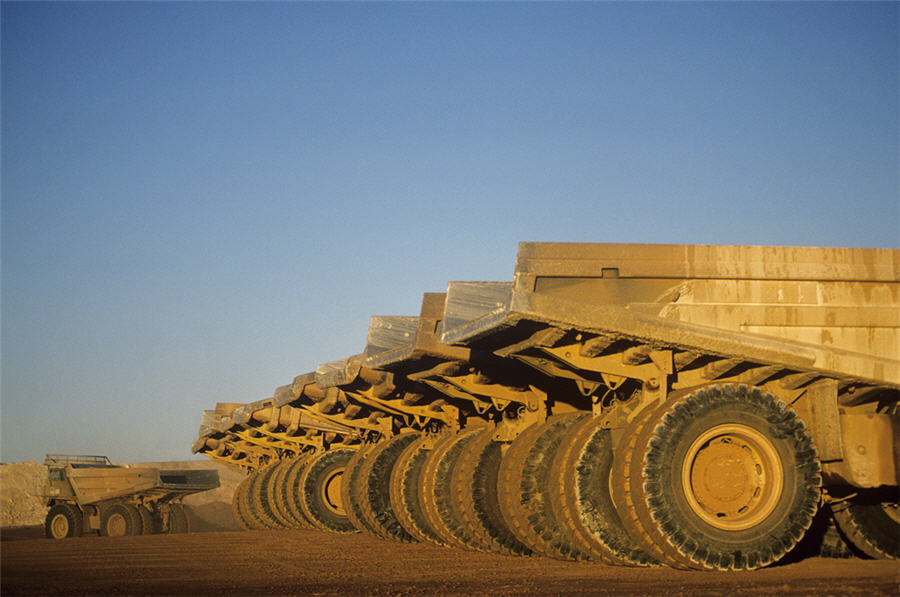
The import price of 62% Fe content ore at the port of Tianjin traded at $55.10 per dry metric tonne on Tuesday according to data supplied by The Steel Index. The steelmaking raw material has declined 6.3% in value over the past week as concerns over Chinese growth and oversupply return to haunt the market.
The price of iron ore is down sharply since trading just short of the $70 mark in mid-April but year to date the price is up 28.4% and has surged 49% since hitting near-decade lows in December. Year to date iron ore is averaging $52 (the price averaged $55 last year) and volatility has reduced markedly since Beijing’s clampdown on speculation on futures markets inside the country.
The mid-year consensus of analysts polled by FocusEconomics is for prices to decline by double digits from today’s levels to average $49 a tonne this quarter, dipping further to $47 in the final quarter of the year.
The most bearish was BMO Capital Markets at an average of just $42 during the final quarter of 2016, while even the most optimistic, TD Bank, see prices flat
Consensus forecast only return to above $50 by Q4 2017 as “ample supply outweighing tepid demand, particularly as iron ore stockpiles in China are increasing and domestic Chinese production also seems to be picking up,” according to the report.
Port inventories in China have climbed back above 100 million tonnes recently and are within shouting distance of the all-time high reached at the end of 2014.
Of the 13 analysts polled one made an upward revision to the forecast while a couple made downward revisions.
The most bearish was BMO Capital Markets at an average of just $42 during the final quarter of 2016, while even the most optimistic, TD Bank, see prices flat at best. Macquarie sees iron ore averaging $48 in the final quarter of this year and essentially trade on either side of $50 through mid-2018.
The median forecast for 2017 is $45.50 over the course of the year according to FocusEconomics data. Brazilian investment bank Itaú BBA, BMO and CIBC World Markets reading of the market sees iron ore averaging just $42 next year.
